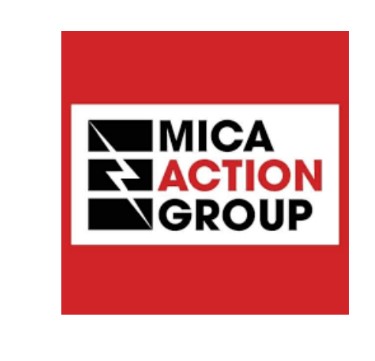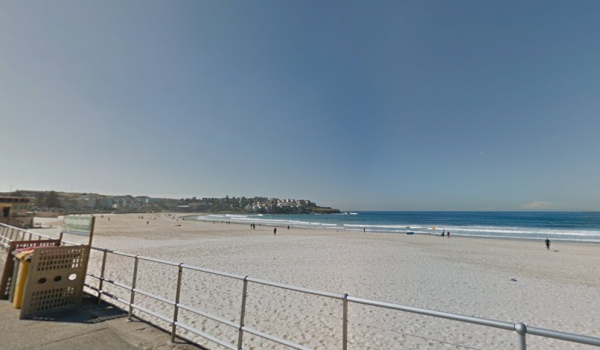
The Mica Action Group has announced this afternoon that their representative on the NSAI T63 Committee with immediate effect will be Dr. Ambrose McCloskey.
Chair Lisa Hone says this is good news for those affected by the Defective Concrete Crisis, as Dr. McCloskey has been a long-time advocate that the primary cause of the concrete decay is due to oxidisation of unregulated quantities of iron sulphides, such as pyrrhotite, causing internal sulphate attack.
The NSAI T63 Committee presides over IS 465, the protocol which governs the testing and remediation for the defective concrete homes scheme.
***************
Statement in full –
MEDIA RELEASE
Dr. Ambrose McCloskey announced as the new MAGrepresentative on the NSAI T63 Committee.
MAG is delighted to announce that their representative on the NSAI T63 Committee with immediate effect will
be Dr. Ambrose McCloskey.
Lisa Hone, Chair of MAG states, “This is good news for those affected by the Defective Concrete Crisis. Dr.
McCloskey is highly qualified, with a doctorate in concrete technology, and has been a long-time advocate that
the primary cause of the concrete decay is due to oxidisation of unregulated quantities of iron sulphides, such as
pyrrhotite, causing internal sulphate attack.
Following liaison with Dr. McCloskey, earlier this year the MAG Committee nominated him as our official
representative to the NSAI T63 Committee. The NSAI then carried out a lengthy assessment process. We have
recently received confirmation that Dr. McCloskey has now been accepted as the official MAG representative at the
T63 Committee.”
The NSAI T63 Committee presides over IS 465, the protocol which governs the testing and remediation for the
defective concrete homes scheme. IS 465 is to be reviewed on the back of Government sanctioned research via
the Geological Survey of Ireland (GSI). This follows mounting evidence from international, independent research
demonstrating internal sulphate attack as the primary cause of the deterioration, as opposed to the untested
hypothesis for Donegal of mica freeze/thaw. Should the GSI commissioned research reaffirm what has already
been scientifically evidenced, then it is untenable that the DCB Scheme testing, and remediation can continue
to be based on the current version of IS 465.
In light of the latest scientific evidence and homeowner experience of where outer leaf remediation has failed,
there are huge concerns that IS 465 advocates for the retention of defective blocks in options 2-5. Additionally,
all options recommend the retention of untested foundations, which may or may not be fit for purpose. Given
the years of trauma already endured, it is inhuman to force homeowners into rebuilds where issues persist post-
remediation and may require further remedial action at a later date, thereby repeating the cycle of stress and trauma.
Presently there is adequate scientific research to cast severe doubt on the effectiveness of current
remedial options, but this is being ignored.
Dr. McCloskey states, “The more houses we saw, the damage evident did not look like a purely mica freeze thaw
issue. It was clear that targeted research was required. It is crucial that we, as Engineers, are certain about the
problem in order that the correct solution can be determined to ensure these homeowners do not have to go
through this trauma twice.”
Dr. McCloskey believes that “ultimately the weight of scientific evidence and the experience on the ground will
show that the current IS 465 requires major amendment. This, in all likelihood, may result in the same treatment
for the defective blocks in Donegal as is currently in Mayo.”





